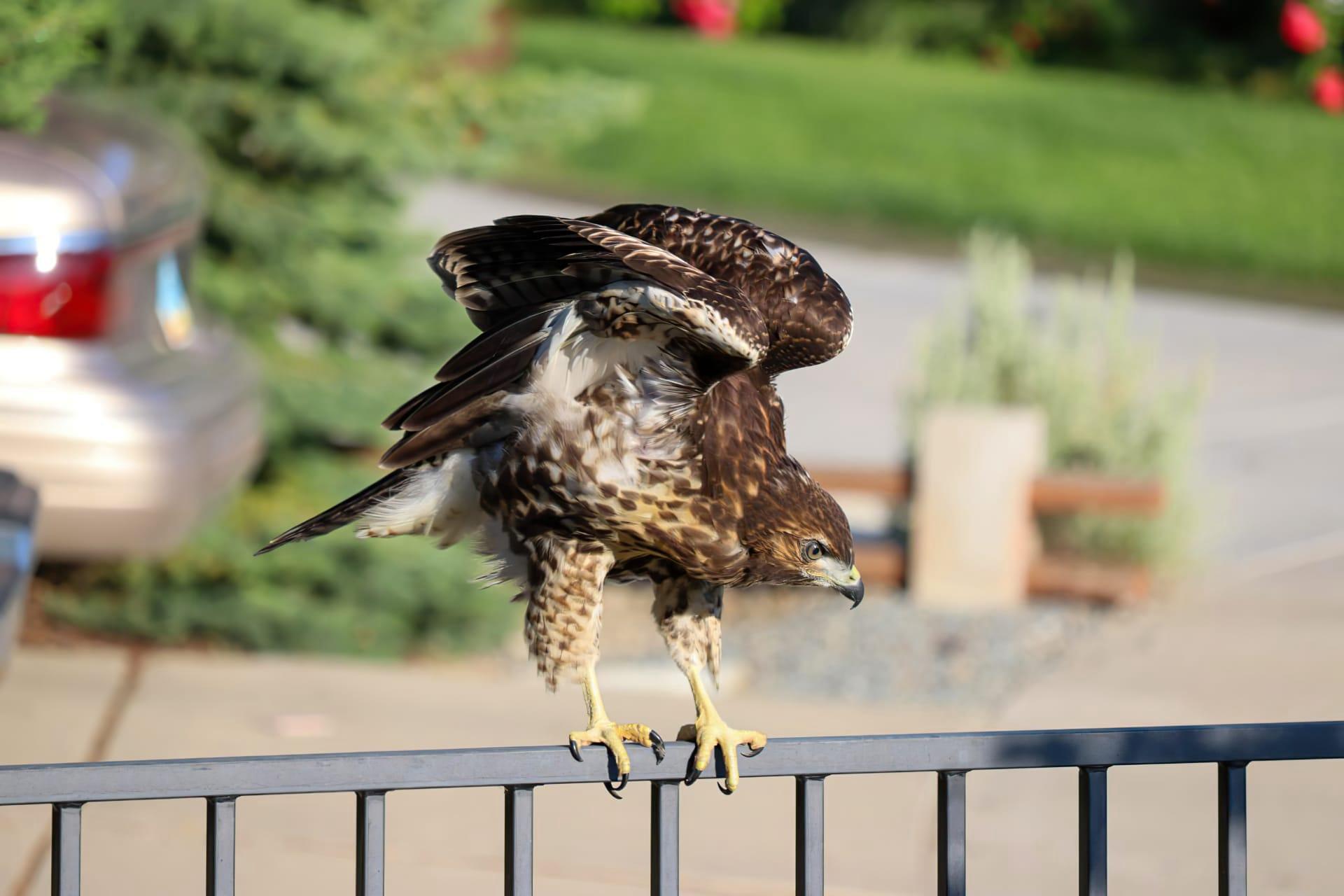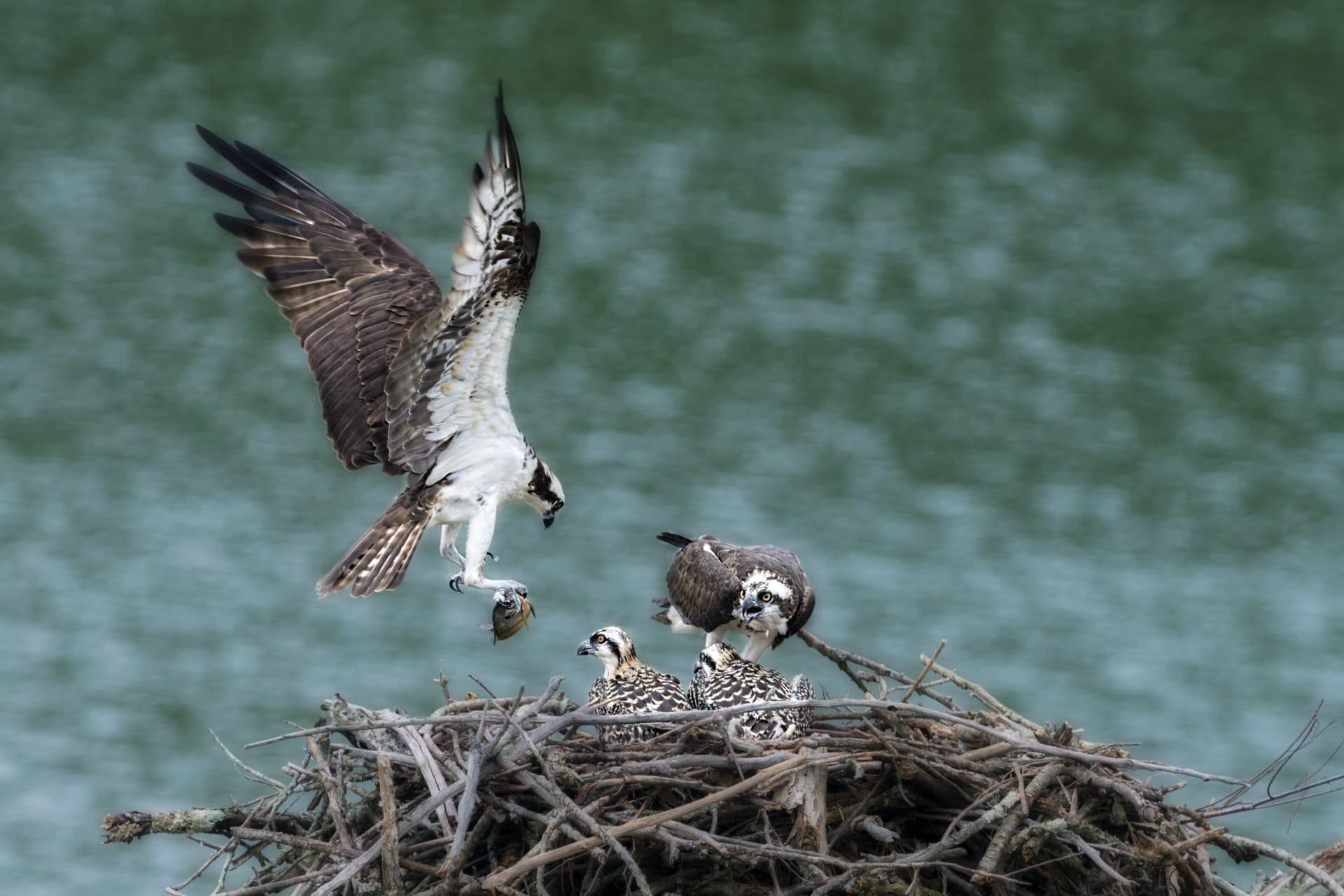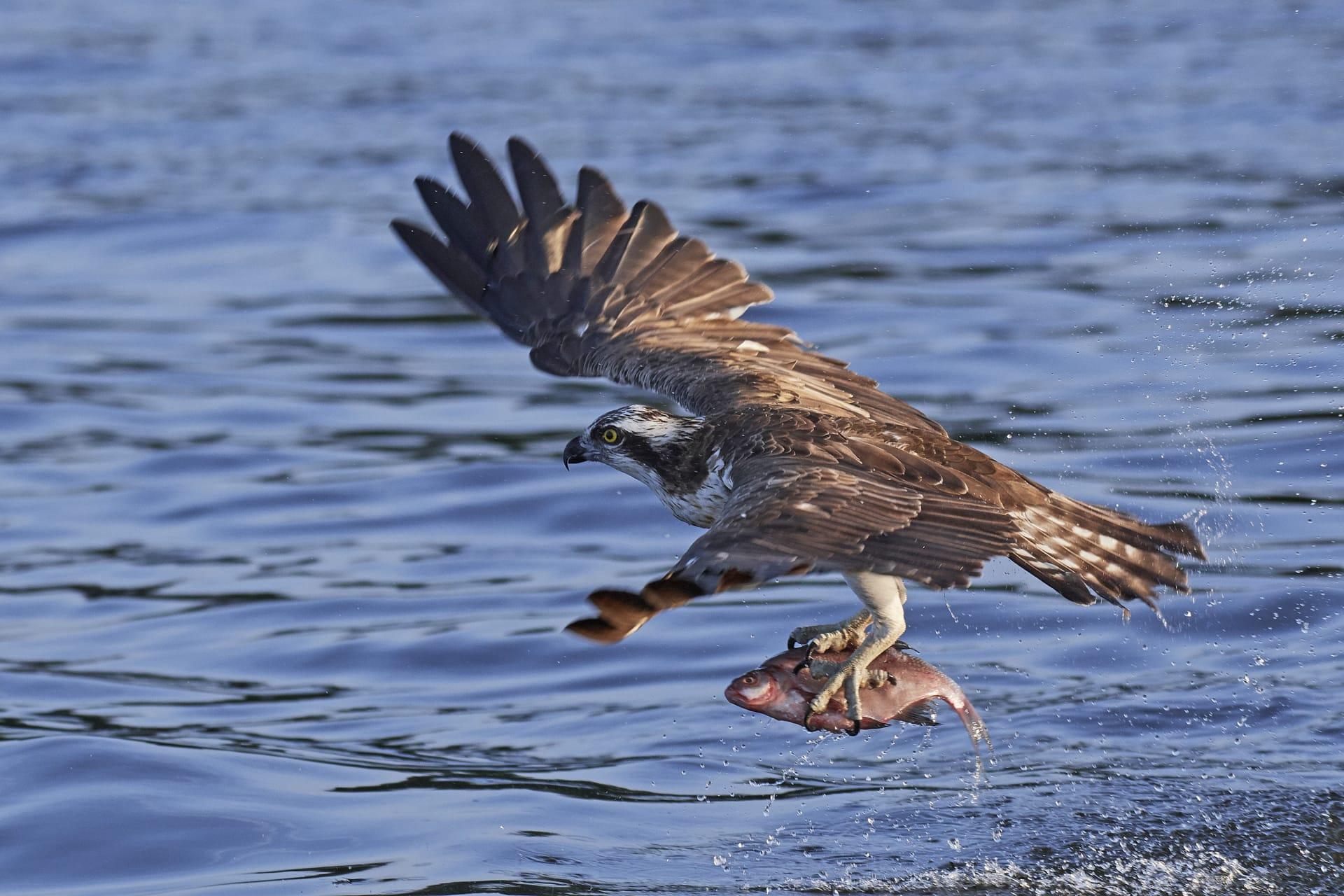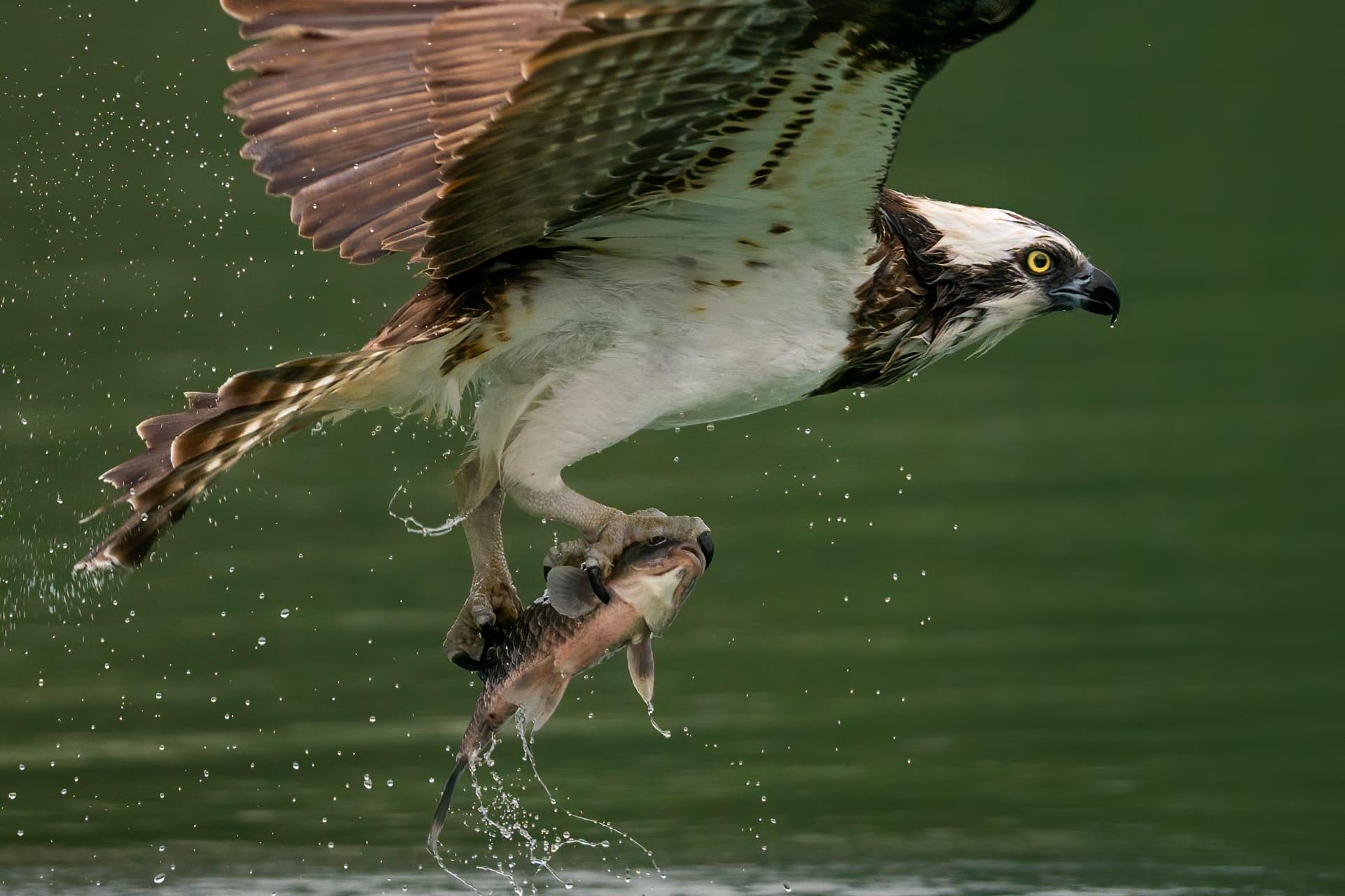1
Ospreys, often known as "fish hawks," are remarkable birds of prey specializing in catching fish. A unique fact about Ospreys is their reversible outer toe, which allows them to grasp their prey with two toes in front and two behind. This adaptation gives them a strong grip, crucial for plucking fish from water. Typically, an Osprey dives from a height of 30 to 100 feet, hitting the water at speeds up to 80 kilometers per hour. Their closable nostrils prevent water from entering during these high-impact dives.
Another interesting aspect of Ospreys is their migratory behavior. Unlike other raptors that change territories seasonally, Ospreys are long-distance migrants. Some travel over 4,000 kilometers during migration. For example, Ospreys breeding in North America may winter as far south as South America. Their journey is aided by their strong wings, spanning up to 6 feet, which enable efficient, long-distance flight. This migration is vital for their survival, as it allows them to exploit different ecological niches and food sources throughout the year.

2
Ospreys have a distinctive fishing technique, which is a spectacle in itself. When hunting, they fly over water, scanning for fish. Once they spot a target, they hover momentarily before diving feet-first. Their specially adapted eyes, with a unique positioning and structure, allow them to see underwater from the air, reducing glare and refraction. This vision capability is essential for accurately gauging the depth and movement of fish.
Regarding their diet, Ospreys almost exclusively eat fish, making them one of the few bird species with such a specialized diet. They prefer live, medium-sized fish, typically around 15 to 30 centimeters in length. Their diet is so fish-centric that the health of an Osprey population in a certain area can indicate the health of the local fish population. This unique dietary habit also means that Ospreys are excellent bioindicators, reflecting the overall health of the aquatic ecosystems they inhabit.

3
Ospreys have a unique way of carrying their prey. Unlike many other raptors that carry their catch in their talons, Ospreys will reposition the fish in flight so that it is head first. This aerodynamic alignment reduces air resistance, making it easier for the Osprey to carry the fish over long distances. This behavior showcases the Osprey's intelligence and adaptability in handling their prey efficiently.
Another fascinating fact about Ospreys is their nesting behavior. They build large nests, often reused and added to each year, which can reach up to 2 meters in diameter and weigh several hundred kilograms. These nests are typically located in high, open areas like treetops, cliffs, or man-made structures, giving the Ospreys a clear view of the surrounding area. The nests are constructed with sticks and lined with softer materials like grass, moss, or seaweed. These robust structures reflect the Ospreys' commitment to a long-term nesting site, often returning to the same nest year after year.

4
Ospreys exhibit a high level of fidelity, not only to their nesting sites but also to their mates. These birds are largely monogamous and tend to return to the same mate each breeding season. This fidelity is rare among raptors and reflects the importance of strong pair bonds in raising their young. The pair works together to build and maintain the nest, with the male primarily responsible for hunting and bringing food back to the nest.
The communication between Osprey pairs and their offspring is another intriguing aspect. They use a variety of calls to communicate different messages, such as alarm calls, mating calls, and calls to signal food delivery. These calls play a crucial role in coordinating hunting and nesting activities, maintaining pair bonds, and ensuring the safety and well-being of their offspring.

5
Ospreys have a unique adaptation in their plumage that aids in hunting. Their underparts are white, which makes them less visible from below against the bright sky. This coloration provides camouflage when they dive to catch fish, making it harder for the fish to spot them. Additionally, the brownish-black stripe running through their eyes reduces glare from the water, enhancing their vision during hunting.
Last but not least, Ospreys play a significant role in various cultures and mythologies. In some Native American cultures, they are seen as symbols of vision and leadership, revered for their keen sight and hunting skills. In other parts of the world, Ospreys are seen as omens of good luck, especially for fishermen. This cultural significance highlights the deep connection between humans and these majestic birds, emphasizing the importance of conserving their habitats and populations.